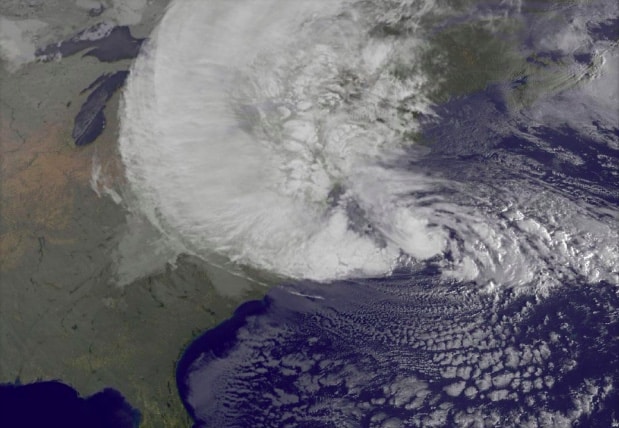Hurricanes in the U.S. have killed thousands more people in the past few decades than traditionally calculated, according to a new study from the National Oceanic and Atmospheric Administration (NOAA).
The study, published Wednesday in the journal Science Advances, found that between 1988 and 2019 more than 18,000 people died, most indirectly, due to hurricanes and lesser tropical cyclones in the continental U.S. That figure is 13 times greater than the 1,385 people directly killed by such storms, but the study’s authors say those numbers are not directly comparable.
The study looked at overall deaths just before, during and after a hurricane, as opposed to just looking at deaths due to flying debris or other direct effects of the storm. According to the study’s lead author Robbie Parks, an an environmental epidemiologist at Columbia University, “It’s the difference between how many people died and how many people would have died on a normal day.”
Following a hurricane, deaths due to heart and lung problems, infections, injury and mental health issues surge. Much of the risk, according to Parks, occurs in the stress of clean-up and rebuilding.
For example, the National Hurricane Center found that 1,200 people died during Katrina in 2005, but by using the new NOAA study’s measure, the death toll was 1,491.
During Superstorm Sandy in 2012, the National Hurricane Center noted 147 “direct deaths,” while the new NOAA study’s measure found the death toll to be 1,193.
The study further found that a disproportionate number of those deaths occur among the poor, vulnerable and minorities. In other words, said Parks, “People who have the least means suffer the most.”
Using the Centers for Disease Control and Prevention’s (CDC’s) social vulnerability index, the study’s authors found that in the case of the heaviest hurricane winds, the most vulnerable one-third of a population suffered 57% of the excess deaths while the least vulnerable third suffered 6%.
According to the study, knowing the death toll related to hurricanes “is essential for understanding the public health burden of climate-related disasters, directly relevant to policies on preparedness and mitigation and a key recommended measure for post-disaster mortality assessment.”


